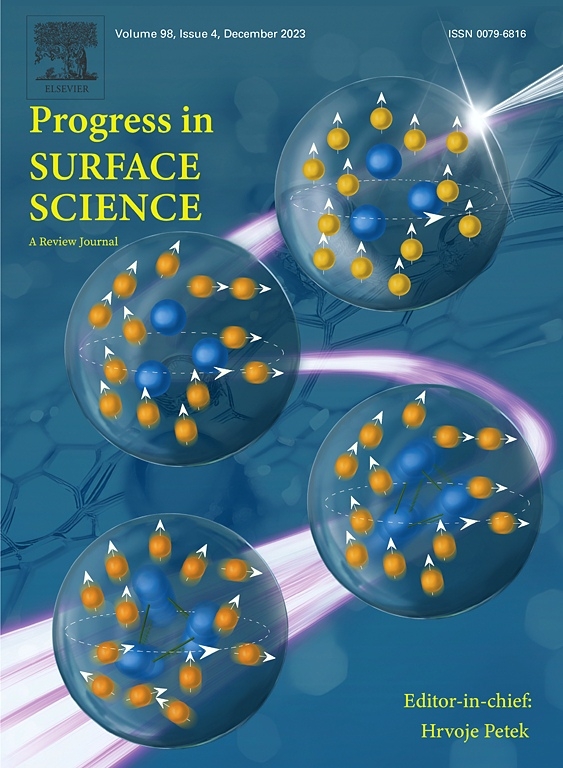One-step etching fabrication of superhydrophobic CuO/Cu2O/CuCl hybrid films with integrated anti-corrosion, self-cleaning and long-term stability
IF 7.2
2区 工程技术
Q1 CHEMISTRY, PHYSICAL
引用次数: 0
Abstract
To address the issue of corrosion damage to copper in printed circuit boards (PCBs), electronic components, and other precision parts, the application of superhydrophobic surface technology is utilized to enhance its corrosion resistance properties. In this study, a superhydrophobic CuO/Cu2O/CuCl composite surface was fabricated via a facile one-step chemical etching and modification process. The surface morphology was tailored by optimizing microstructural roughness, while the effects of etching time, etchant concentration, and modification duration on wettability were systematically investigated. Various characterization technologies, such as SEM, X-ray diffraction, and X-ray photoelectron spectroscopy, were utilized to examine surface morphologies, crystalline phases, chemical composition, and wettability. The engineered surface exhibited exceptional superhydrophobicity, with a contact angle (CA) of 161.4 ± 0.3° and a sliding angle (SA) below 3°. Electrochemical assessments revealed outstanding corrosion inhibition efficiency (99.98 %) in 3.5 wt% NaCl solution, corroborated by post-immersion corrosion morphology analysis. Furthermore, the coating demonstrated robust self-cleaning functionality and sustained superhydrophobicity for over 360 days under ambient conditions, highlighting its potential for real-world applications.
一步蚀刻制备具有综合防腐、自清洁和长期稳定性的超疏水CuO/Cu2O/CuCl杂化膜
为了解决印刷电路板(pcb)、电子元件和其他精密零件中铜的腐蚀损伤问题,利用超疏水表面技术提高其耐腐蚀性能。在本研究中,通过简单的一步化学蚀刻和改性工艺制备了超疏水CuO/Cu2O/CuCl复合表面。通过优化微结构粗糙度来定制表面形貌,并系统地研究了蚀刻时间、蚀刻剂浓度和改性时间对润湿性的影响。各种表征技术,如扫描电镜、x射线衍射和x射线光电子能谱,被用来检查表面形貌、晶体相、化学成分和润湿性。该表面具有良好的超疏水性,接触角(CA)为161.4±0.3°,滑动角(SA)小于3°。电化学评估表明,在3.5 wt% NaCl溶液中,其缓蚀效率为99.98%,浸后腐蚀形貌分析也证实了这一点。此外,该涂层显示出强大的自清洁功能和在环境条件下持续超过360天的超疏水性,突出了其在实际应用中的潜力。
本文章由计算机程序翻译,如有差异,请以英文原文为准。
求助全文
约1分钟内获得全文
求助全文
来源期刊

Progress in Surface Science
工程技术-物理:凝聚态物理
CiteScore
11.30
自引率
0.00%
发文量
10
审稿时长
3 months
期刊介绍:
Progress in Surface Science publishes progress reports and review articles by invited authors of international stature. The papers are aimed at surface scientists and cover various aspects of surface science. Papers in the new section Progress Highlights, are more concise and general at the same time, and are aimed at all scientists. Because of the transdisciplinary nature of surface science, topics are chosen for their timeliness from across the wide spectrum of scientific and engineering subjects. The journal strives to promote the exchange of ideas between surface scientists in the various areas. Authors are encouraged to write articles that are of relevance and interest to both established surface scientists and newcomers in the field.
 求助内容:
求助内容: 应助结果提醒方式:
应助结果提醒方式:


